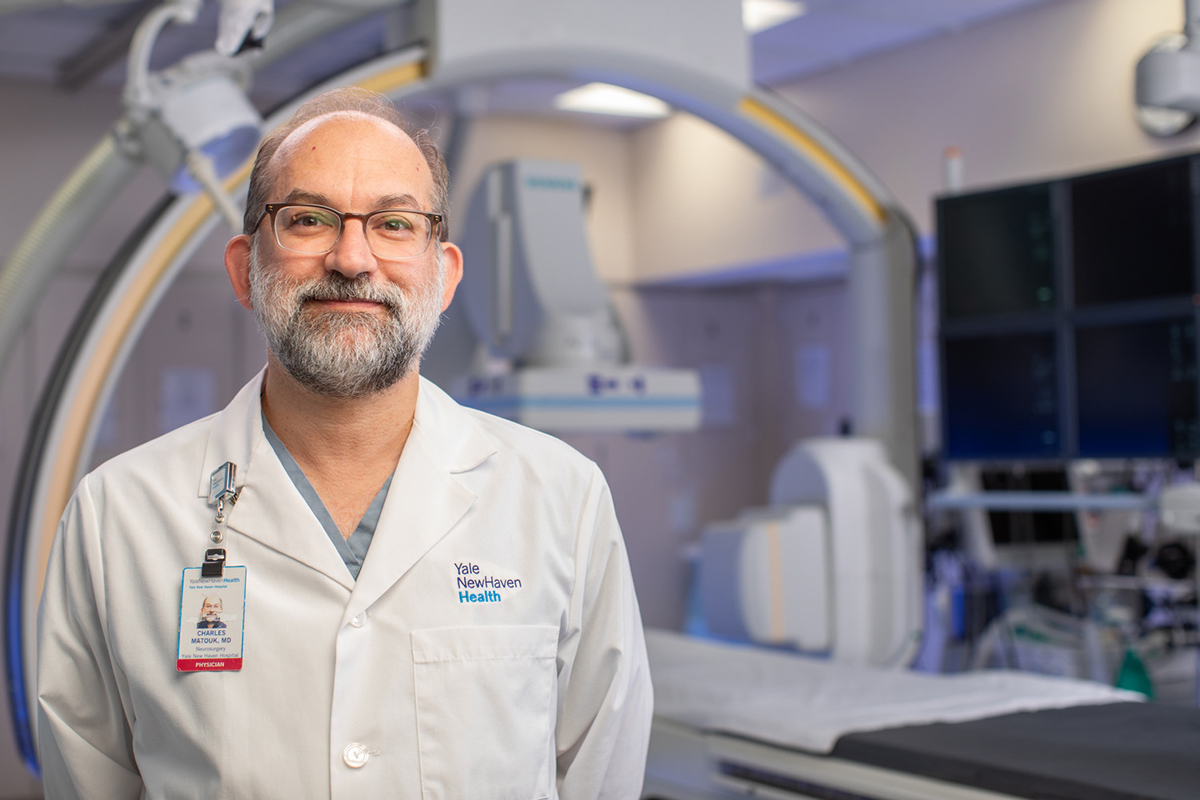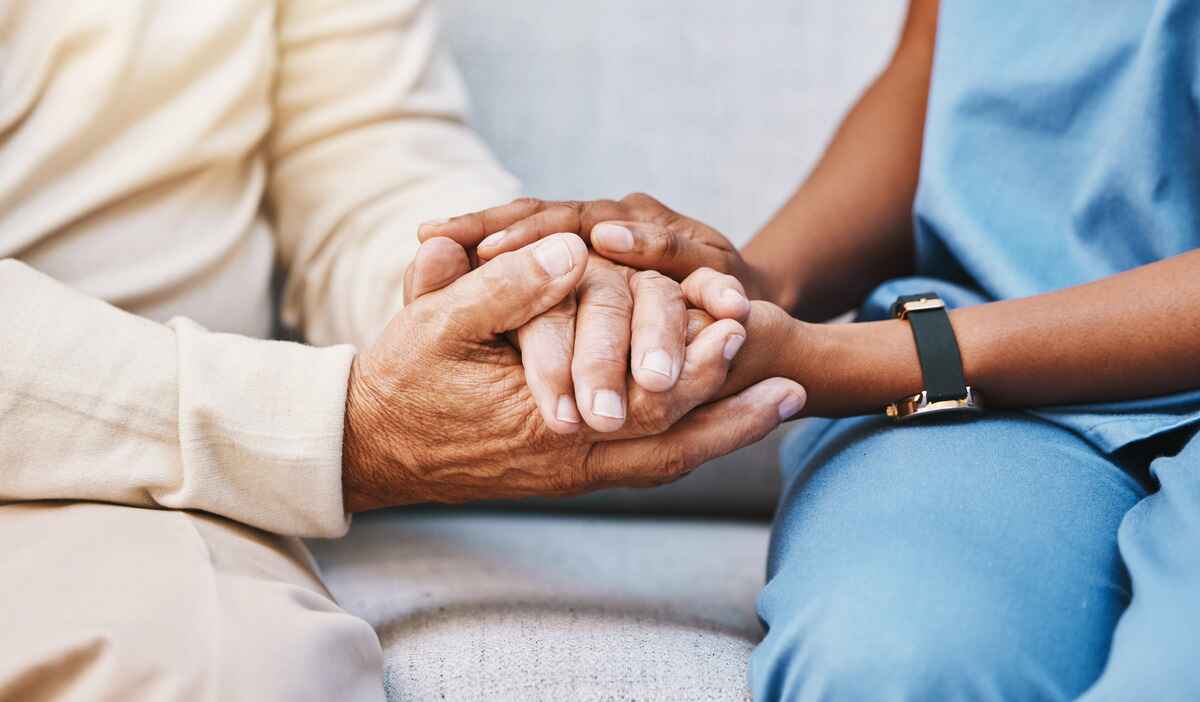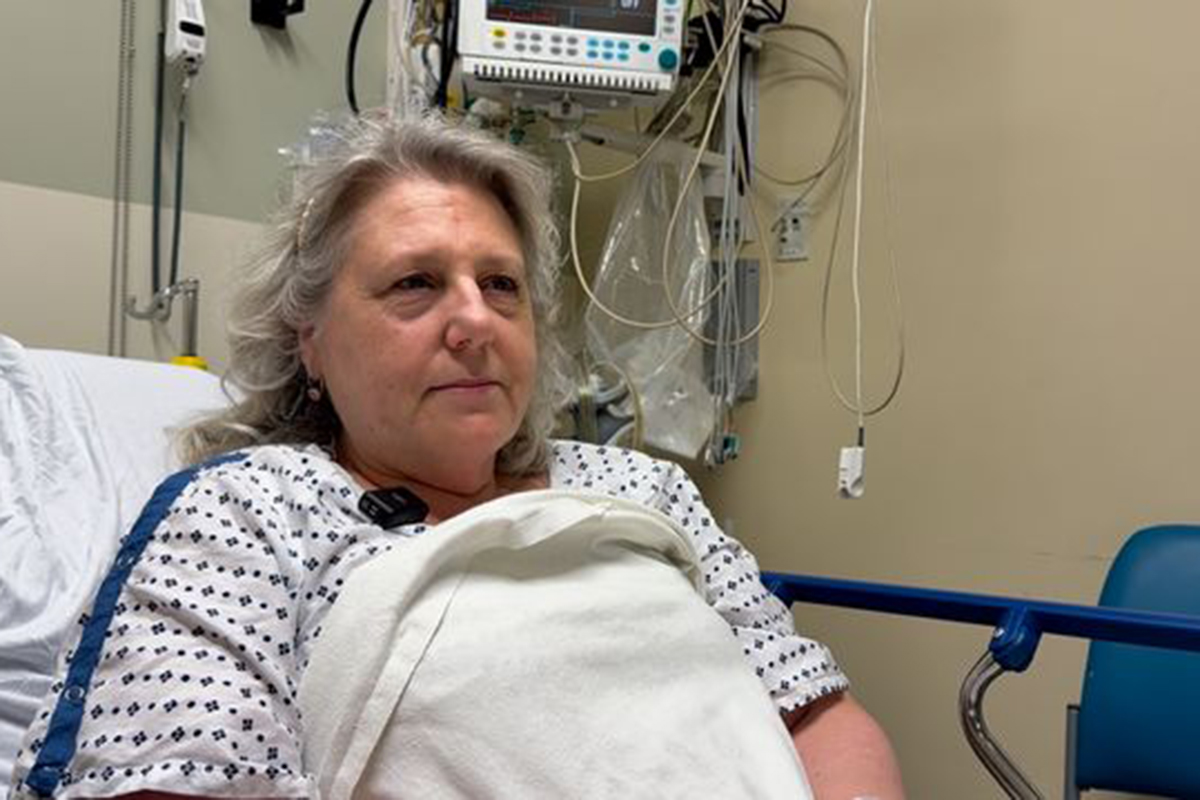You just ate a bacon cheeseburger with fries and a milkshake. You’re feeling bloated and nauseated. Now there’s an ache in your abdomen underneath your rib cage. What’s going on?
According to the experts at Yale New Haven Health, you may have a gallstone.
What causes gallstones?
“Your gallbladder is an organ that holds bile, the greenish-yellow liquid that helps you digest food. Gallstones are hard deposits of bile that form in your gallbladder,” said Shannon Small, MD, a general surgeon at Lawrence + Memorial Hospital and assistant professor of Surgery at Yale School of Medicine.
There are two types of gallstones: pigment stones and cholesterol stones. Pigment stones are made of bilirubin, which is what gives bile its distinct color. Cholesterol stones – the most common type of gallstone – can form in patients who have high levels of cholesterol in their blood.
“Gallstones can range in size from a grain of sand to a golf ball,” Dr. Small said.
What are the symptoms of gallstones?
You can have gallstones and not know it. Gallstones that don't cause any symptoms typically don't need treatment. “Many small stones will pass out of the gallbladder and into the biliary system and cause no problem,” she said.
However, if a stone gets stuck and blocks the flow of bile from your gallbladder to your small intestine, it can cause symptoms such as:
-
Fever
- Nausea and vomiting
- Other digestive problems, including indigestion, heartburn and gas
- Pain in the upper right side of your belly just under your ribs
- Pain in your lower chest, right shoulder, or back
- Yellowing of the eyes or skin (called jaundice)
Dr. Small suggests making an appointment with your doctor if you have any signs or symptoms that concern you. However, if you have sudden and severe pain that lasts for hours or any yellowing of the skin or eyes, seek medical help immediately.
“This could indicate a serious blockage in the biliary system,” she said.
What are the treatments for gallstones?
Because most gallstones don’t hurt or cause health problems, you may be surprised to learn you have them.
“Many gallstones are found incidentally on a CT scan of the abdomen, or by an ultrasound of the abdomen that was ordered looking for something else,” Dr. Small said. If you have cholesterol gallstones, your doctor may prescribe a medication that can dissolve them. However, the medication is not always effective — and the gallstones may return, she added.
Most people who experience symptoms usually require surgery. “The main treatment for symptomatic gallstones is to have the gallbladder surgically removed with a procedure called a cholecystectomy. This can be done a few different ways: by traditional open surgery; or a laparoscopic procedure; or by using a robotic surgical system, which is minimally invasive and results in a shorter hospital stay and faster recovery for patients,” Dr. Small said.
If gallstones are present in the main bile duct, a gastroenterologist can perform a procedure called an Endoscopic Retrograde Cholangiopancreatography (ERCP) to remove them. They can also be removed surgically from the bile duct at the time of the cholecystectomy if needed, Dr. Small said.
Risk factors for gallstones
Studies estimate that at least 10 percent of U.S. adults have gallstones. Risk factors for gallstone include:
- Obesity
- Female gender (females are three times more likely to get gallstones)
- Pregnancy
- Age 40 or older
- High-fat, high-cholesterol and/or low-fiber diets
- Family history of gallstones
- Having liver disease
- Rapid weight loss
Can I prevent gallstones?
It's not clear what causes gallstones to form, and you might not be able to avoid them. But certain lifestyle changes might help lower your risk.
“The best prevention for gallstones is to eat a balanced diet low in fat, maintain a healthy weight, avoid rapid weight loss and exercise regularly,” Dr. Small said.




